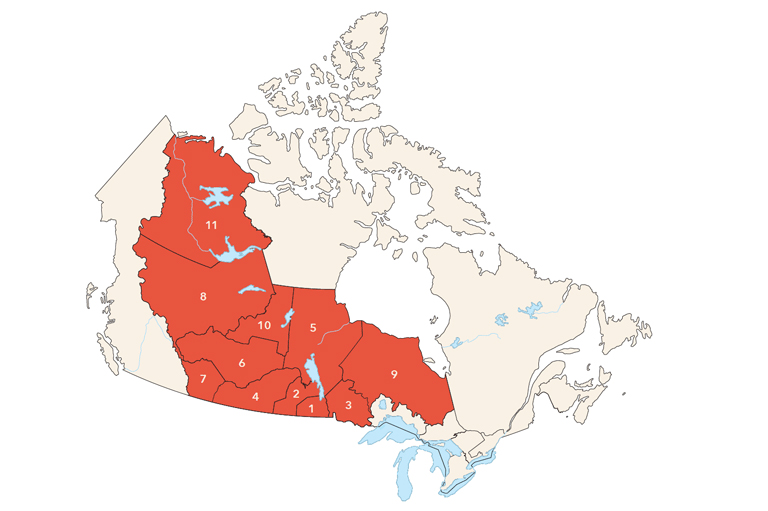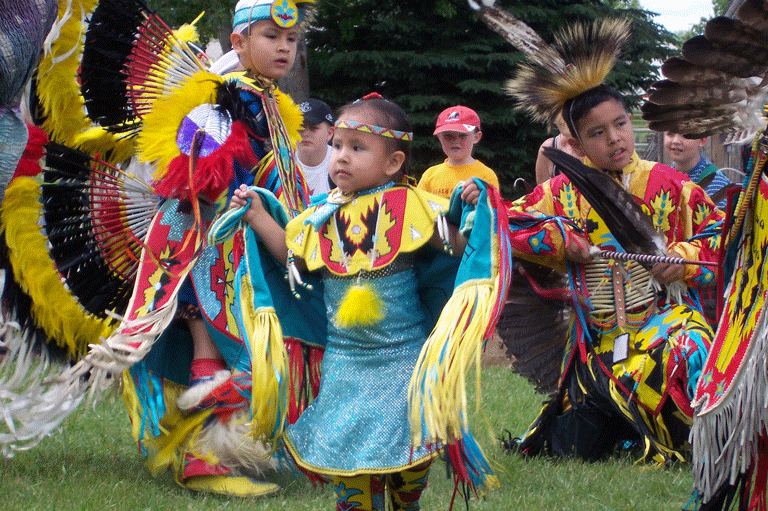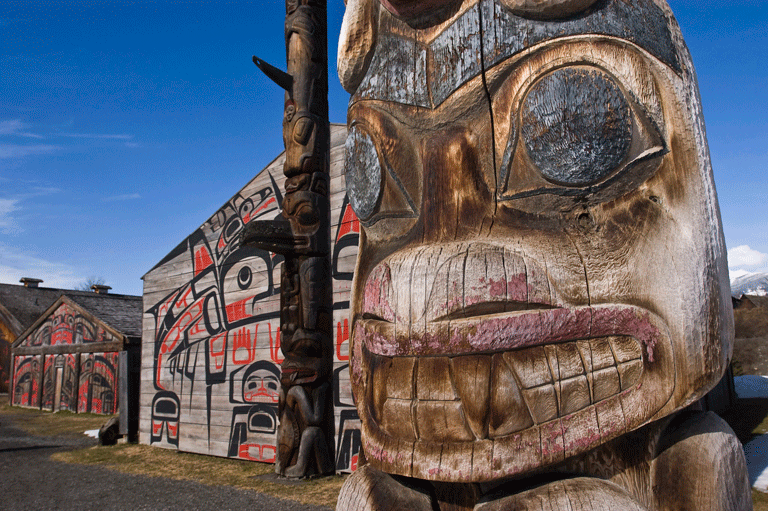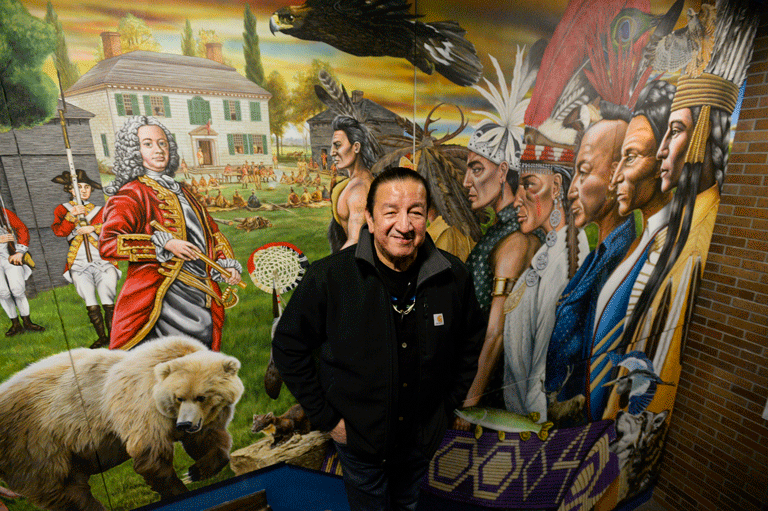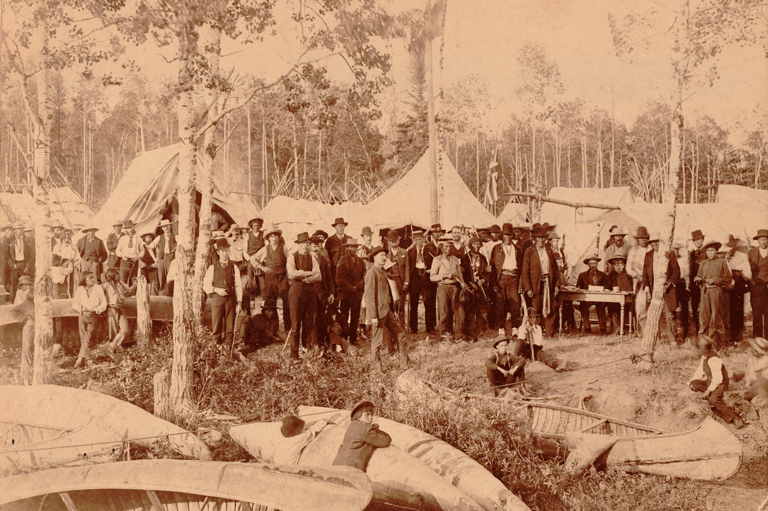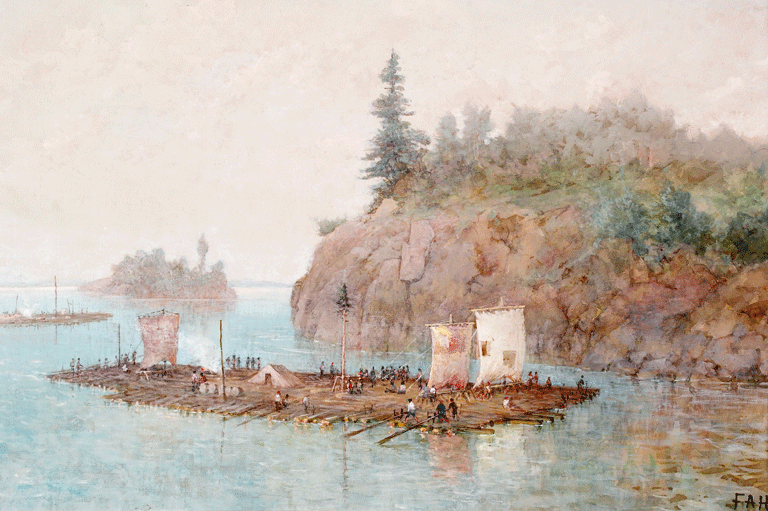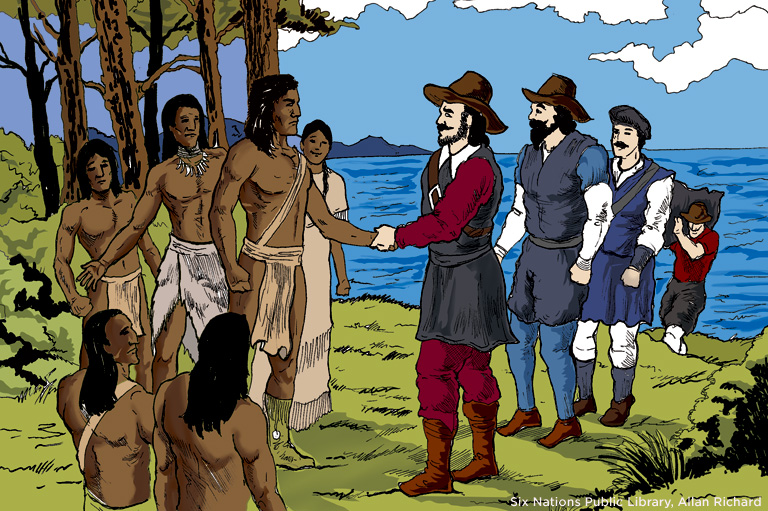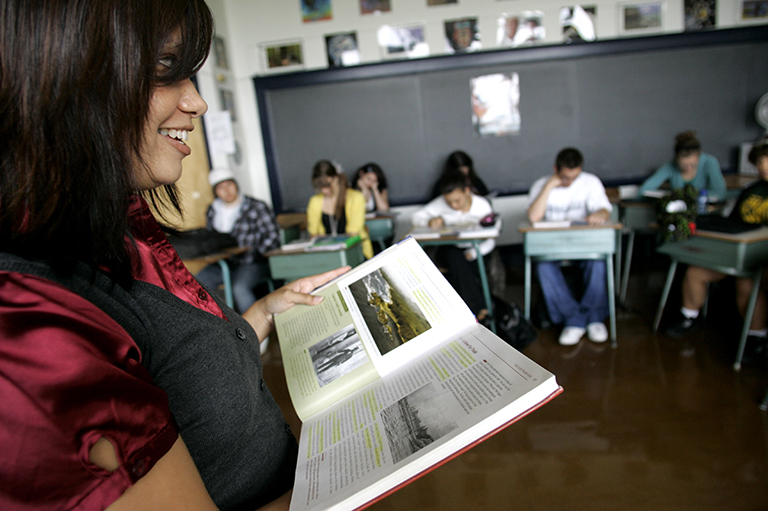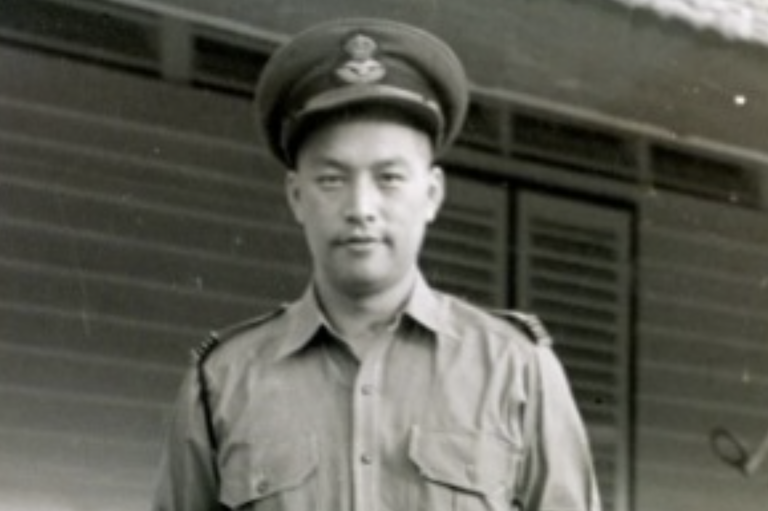Treaties of Peace and Friendship
Grade Levels: 7/8, 9/10, 11/12
Subject Area: Social Studies, History, Geography
This lesson is based on the article “Finding Forgiveness, Building Trust” written by Jaime Battiste in the Treaties and the Treaty Relationship issue of Canada's History magazine.
Lesson Overview
In this lesson students use primary source material to explore the constitutional validity of the Treaties of Peace and Friendship. They employ the concepts of historical evidence and perspective-taking to support their inquiry.
Time Required
Three to five class periods
Historical Thinking Concept(s)
- Establish historical significance
- Use primary source evidence
- Identify continuity and change
- Analyze cause and consequence
- Take historical perspectives
- Understand the ethical dimension of historical interpretations.
Learning Outcomes
Students will...
- Explain and articulate First Nations perspectives of reconciliation.
- Identify and explain the contemporary significance of Treaties of Peace and Friendship.
- Utilize concepts of evidence and perspective-taking to contextualize and explain the Treaties of Peace and Friendship.
The Lesson Activity
Activating: How will students be prepared for learning?
- Invite students to take turns reading the magazine article, “Finding Forgiveness, Building Trust” (page 53), taking time to discuss themes of contemporary Treaty Education and reconciliation.
- Lead a class discussion centred on the following questions regarding the author’s perspectives:
- Ask:
- How is reconciliation described by the author?
- What does the author describe as an essential first step?
- According to the author, when did the Treaties of Peace and Friendship begin?
- According to the author, how has the Supreme Court recognized the constitutional validity of Treaties? [Constitutional validity: working within the framework set by the constitution of Canada; following the guidelines laid out in the constitution]
- What role does education play in reconciliation and Treaty relations?
- Encourage questions and participation.
Acquiring: What strategies facilitate learning for groups and individuals?
- After discussing the article and exploring the focus questions as a class, organize students into large groups.
- Distribute to each group: BLMs #6.1, #6.2, and #6.3 and partial transcripts [If necessary, explain what a primary source is].
- Check for clarity. Invite questions.
- Provide each group with the BLM #6.4 Activity Sheet.
- Describe that the task is to use primary source evidence to understand the past through the eyes of those who experienced the Treaty negotiations. Reinforce:
- the perspectives of individuals involved in the original signing,
- the time and motivations of the British in the colonized Wabanaki territories
- Instruct the students to complete BLM #6.4 in their groups. Encourage discussion.
- Guide and assist as required.
Applying: How will students demonstrate their understanding?
- After allowing student groups time to analyze, critique, and discuss primary source materials, as well as time to answer questions on the activity sheet, encourage a whole class discussion on student findings centred on the following focus questions:
- [Optional]: Access CBC link: Donald Marshall wins Supreme Court victory
- As a closing activity, discuss with students the contemporary significance of the Treaties of Peace and Friendship for First Nations people and all Canadians.
Materials/Resources
- Copy/copies of the Treaties and the Treaty Relationship issue of Canada’s History magazine.
- Printed copies of BLM #6.1, BLM #6.2, BLM #6.3, and BLM #6.4 – one per student
- Access to Internet for video (optional)
Extension Activity
Explore the significance of the Wabanaki Confederacy, experiences of Wolastoqiyik in the Treaty relation, broader context of historical influences of the time period impacting First Nation peoples, and to explore how the process of systemic colonization unfolded in policies impacting language, culture, and land in the Maritime region. An important area of focus is the residential and day school experience in the Maritime region.
Lesson Plans
Themes associated with this article
Advertisement
Adaptations for grades 3-6

Encouraging a deeper knowledge of history and Indigenous Peoples in Canada.
The Government of Canada creates opportunities to explore and share Canadian history.

The Winnipeg Foundation — supporting our shared truth and reconciliation journey.

We contribute to the well-being of the communities we serve through grants, scholarships, sponsorships, fundraising, volunteering and collaborative relationships with community partners.

